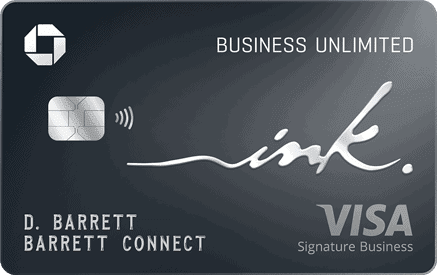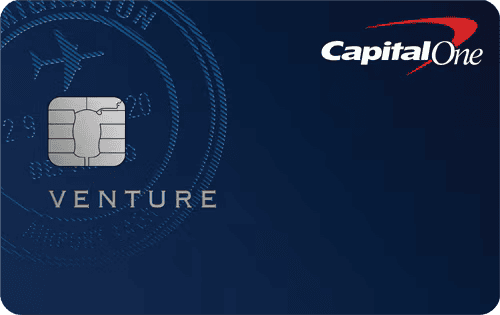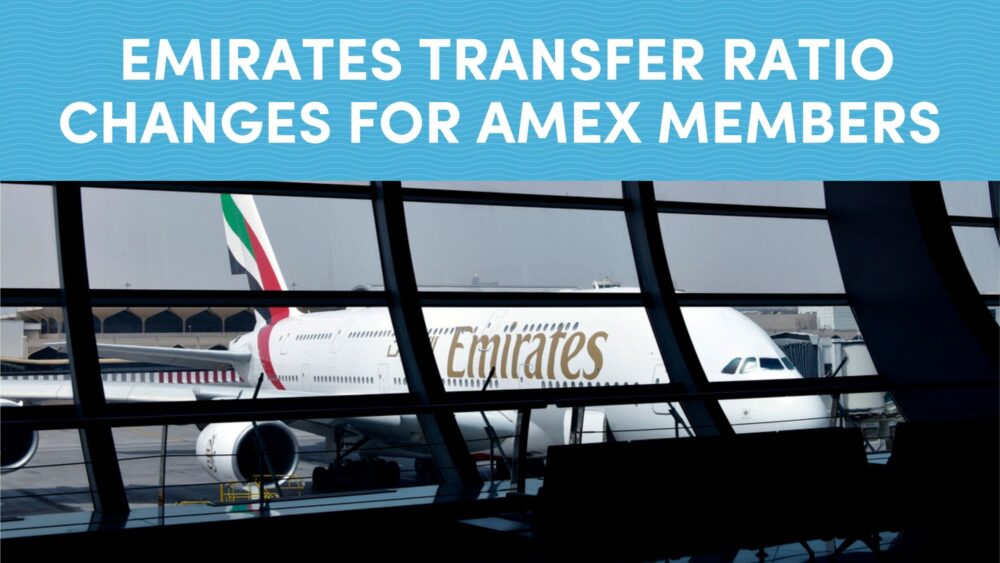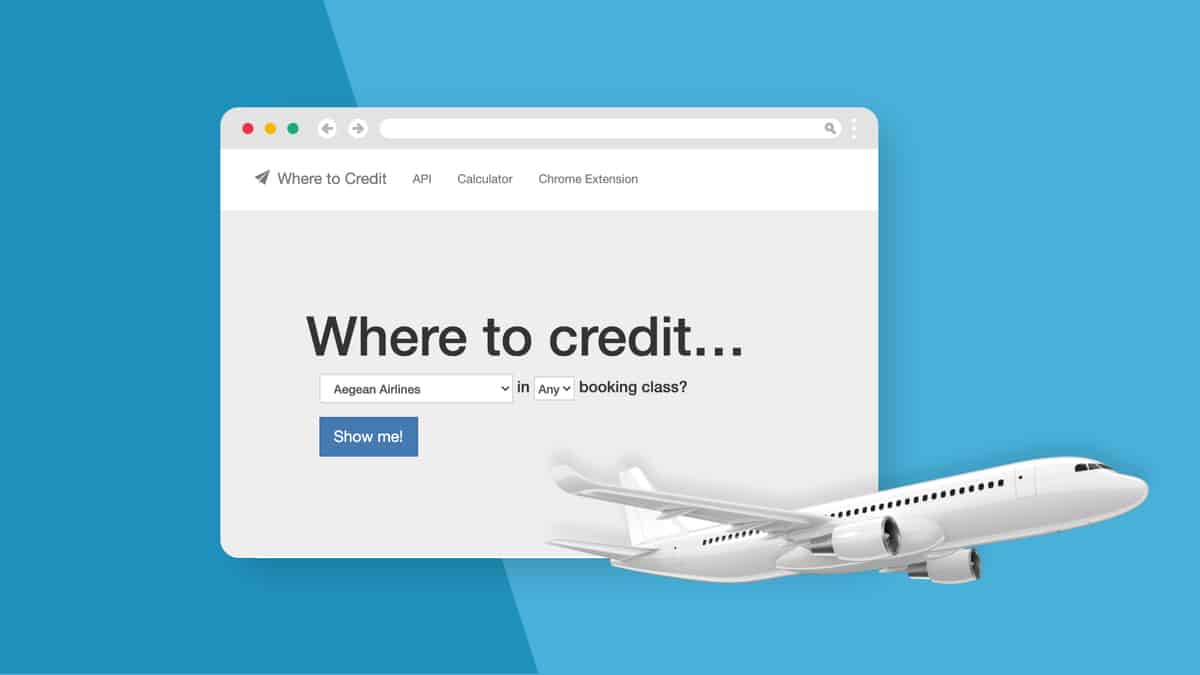
10xTravel is part of an affiliate sales network and receives compensation for sending traffic to partner sites, such as CreditCards.com. This compensation may impact how and where links appear on this site. This site does not include all financial companies or all available financial offers. Terms apply to American Express benefits and offers. Enrollment may be required for select American Express benefits and offers. Visit americanexpress.com to learn more. All values of Membership Rewards are assigned based on the assumption, experience and opinions of the 10xTravel team and represent an estimate and not an actual value of points. Estimated value is not a fixed value and may not be the typical value enjoyed by card members.
Note: Some of the offers mentioned below may have changed or may no longer be available. The content on this page is accurate as of the posting date; however, some of our partner offers may have expired. You can view current offers here.
Time for real talk. Ready? Here it goes.
Although most travelers in the points and miles hobby seek to spend as little money as possible on airfare, I’d argue that most of us still pay for a flight or two here and there. Flight deals pop up frequently, and buying airfare with cash instead of miles isn’t the worst thing in the world, especially when the price is right.
What you might struggle with is deciding on which program to credit your paid flight. The question isn’t difficult if you’re loyal to one airline or alliance. You probably credit to the same frequent-flier program to build status and earn perks along with redeemable miles.
But what should you do when you don’t pay for enough flights annually to earn any kind of status? The answer isn’t as simple as crediting your airfare to the program that yields the most miles.
You Don’t Have to Earn Miles with the Same Airline That Operates Your Flight
Most airlines belong to one of three major alliances: Oneworld, SkyTeam and Star Alliance. The members within alliances have agreed that you can credit flights operated by one partner in an alliance to another carrier’s program in the same alliance.
Additionally, some airlines have non-alliance partners, such as American Airlines and Etihad or Alaska Airlines and Emirates.
In other words, just because your flight is operated by American Airlines doesn’t mean you have to earn AAdvantage miles on it. You have more choice when deciding which program to credit your cash flight to than you think.
Pay Attention to Your Flight’s Fare Basis Code
For simplicity, airlines sell flights in basic economy, economy, business class or first class. However, all of these classes are broken down further into smaller fare classes. Once an airline sells a certain number of tickets in one fare class at one price level, the fare changes to the next level with its own fare code.
A fare basis code is an alphabetic code the airlines use to narrow down your fare class. Some also call it booking class.
You might have to dig a little into your ticket details to find that fare code, but make sure you do to determine the exact class of service. If you book through an online travel agency, such as Orbitz or Expedia, click on flight details, and the code is usually listed in the parenthesis.

Make note of the fare basis code to determine how many miles you’ll earn with your loyalty program of choice. In the example above, the fare basis code is K.
How to Check Which Airline Program Earns the Most Miles
Let’s talk about when you’d start answering the question of where to credit paid flights.
Have you heard of Where to Credit? The website helps you find the best frequent-flyer programs for earning redeemable miles on every flight you take.
The site’s interface is easy to use even for an amateur, and you can quickly determine which airlines partner with which loyalty programs and where the miles can be credited at what rates. Unless you’re Rain Man, it’s impossible to memorize all of this information, so it’s best to start with Where to Credit.
Simply select the airline you’re flying, class of service (or fare basis code) and click “Show me!”
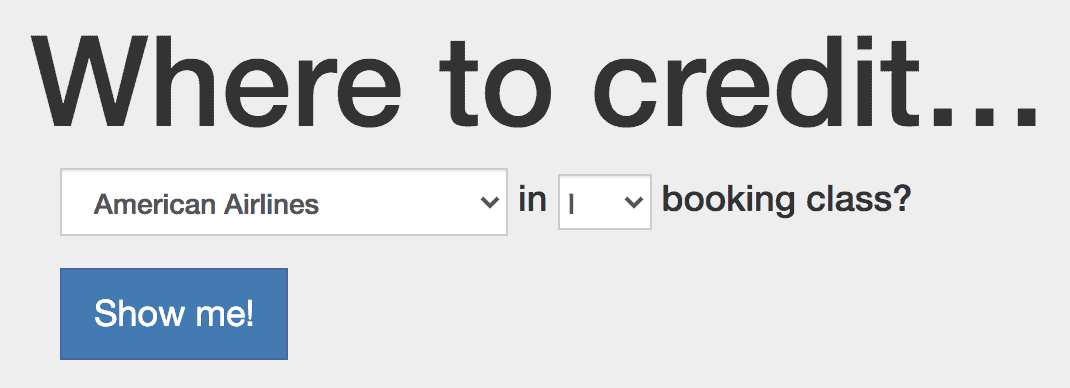
The website then brings up a list of all loyalty programs you can credit your flight toward and the earning rates calculated by either a percentage of distance flown or revenue paid.
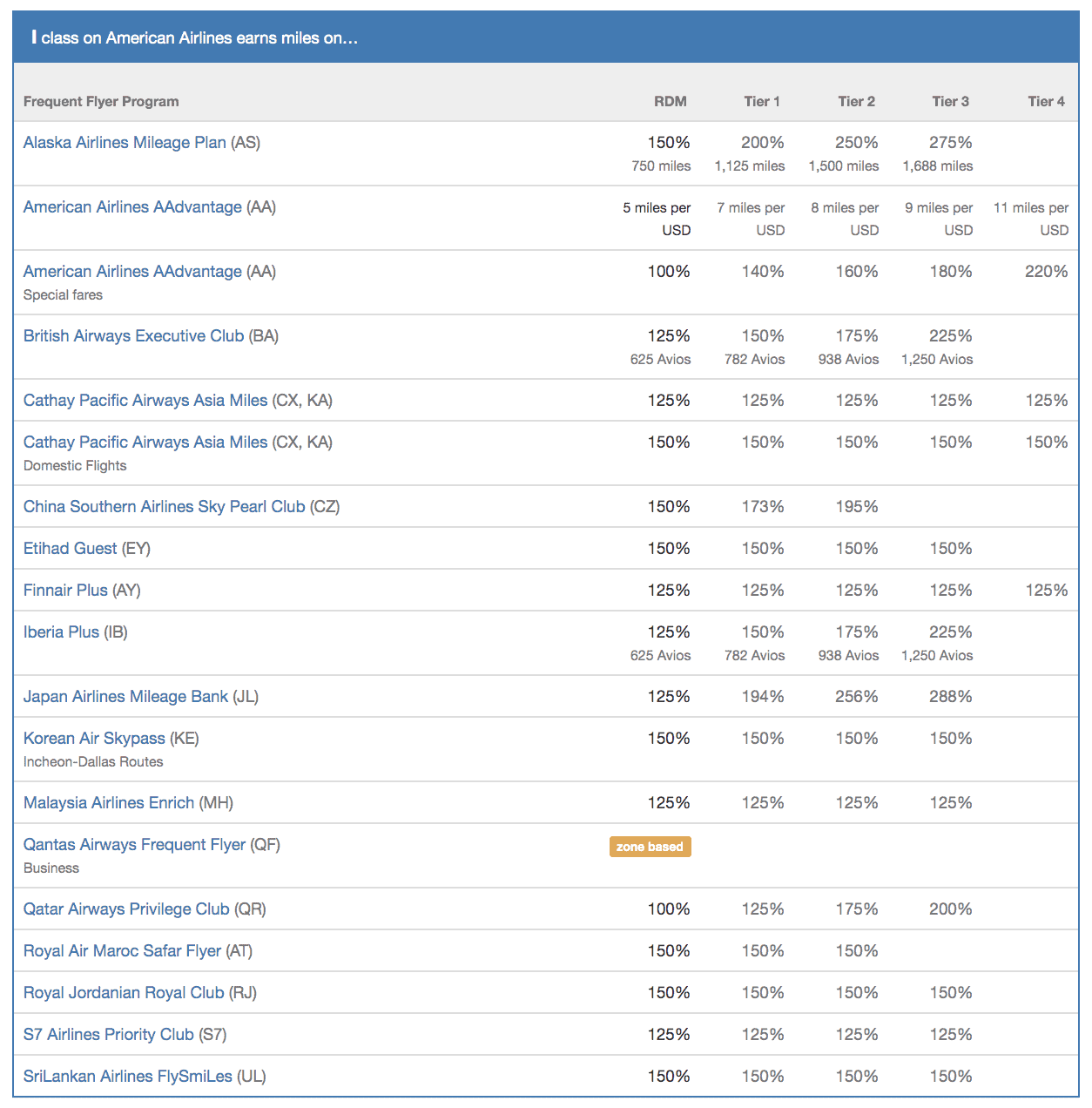
Let’s take a look at an example of how the same flight can earn you a different number of redeemable miles in different programs.
How A Flight Earns Different Rewards in Different Frequent-Flyer Programs
My friend and I recently flew to Brazil on a business-class ticket booked with American Airlines. We scored a really good deal from New York City (JFK) to Sao Paulo, Brazil, and the airfare cost less than $500.
I chose to credit my paid flight to Alaska Airlines, American’s Oneworld partner, while my friend chose to credit to American Airlines AAdvantage as she hadn’t created an Alaska account.
Where to Credit shows that a discounted business class booked under the I fare code earns 150% miles of the distance flown when credited to Mileage Plan and 5X miles per dollar spent on base fare when credited to AAdvantage.

Because the distance between the two cities is quite long, and we paid so little for the ticket, it makes more sense to credit the flight to a program that earns redeemable miles based on the distance flown and not on the cost of the ticket.
To illustrate exactly how much of a difference in rewards we received and why you should decide carefully about where to credit your paid flights, I’m attaching two screenshots with mileage earnings on the exact same flight in two different programs.
Here’s how many redeemable Mileage Plan miles I earned on a one-way ticket from New York City to Sao Paulo—7,118.

And here’s how many AAdvantage miles my friend earned—1,035.

The difference is staggering, isn’t it? Double those earnings on a round-trip journey, and the difference is even more noticeable.
How to Decide Where to Credit Paid Flights
Credit to A Program That Earns the Most Miles
Let’s start with the most obvious decision factor. You want to credit your paid flight to a loyalty program that will earn you the most redeemable miles.
As in the example above, different programs earn rewards differently, and you want to pay attention which frequent-flyer number you add to your ticket as you could end up leaving thousands of miles on the table by adding the wrong one.
Credit to A Program Whose Miles You’d Actually Use
As mentioned above, choosing a program that maximizes your earnings isn’t always the best way to go.
Let’s say you book a paid flight with Royal Air Maroc in P class. It earns 100% of the distance flown in the Royal Air Maroc Safar Flyer program and 25% of the distance flown in the Iberia Plus program.

Are you more likely to use Safar Flyer miles or Iberia Avios on a future flight? What good are 100% of Royal Air Maroc miles if you’re not going to use them for anything and let them expire? It’s better to settle for 25% Iberia Avios because there’s a higher chance you’d actually use them to book an award flight in the future.
Additionally, consider how you’d redeem the miles and take a look at the program’s award charts (if they’re publicly available). You don’t want to be crediting miles to a program that charges double the redemption rates of other programs for the same awards.
Credit to A Program Whose Miles Are Easy to Earn
Let’s use the same Royal Air Maroc flight as an example here. Even if you decide to go with the full 100% miles in the Safar Flyer program, think of how you’ll keep earning miles in the same loyalty program to redeem for a meaningful reward.
Iberia Plus, on the other hand, is a transfer partner of American Express Membership Rewards and Chase Ultimate Rewards. You can top up your mileage account to book an award promptly and with ease.
Credit to A Program Whose Miles Are Close to Expiring
Although rewards no longer have expiration dates in several loyalty programs, including Delta SkyMiles, United MileagePlus and Southwest Rapid Rewards, others expire after 12 to 36 months of inactivity.
If you’re trying to extend the life of your miles and don’t hold a co-branded credit card for that program or don’t have another way to register a mileage earning activity, credit a short flight to an account in which miles are nearing their expiration. This will reset the clock.
How to Credit the Frequent Flyer Program You Want
In order to credit an airline’s frequent flyer program for a paid flight you took on a different airline, you’ll first need to make sure these airlines are partner airlines. Then, just enter your frequent flyer number for your program of choice into the frequent flyer number section online when booking your flight. You can also do this over the phone if you prefer. It’s that simple!
Final Thoughts
Although it might not be often, any time you buy an airline ticket with money instead of miles or whenever you redeem points through a travel portal, we recommend consulting with Where to Credit to determine how many miles you’ll earn on it.
Check the earning rates, the airline’s partner programs and the expiration dates of the miles currently in your accounts. From obtaining the most rewards to extending mileage expiration policy, you’ll likely find different reasons for where to credit your paid flights.
New to the world of points and miles? The Chase Sapphire Preferred® Card is the best card to start with.
With a bonus of 75,000 bonus points after you spend $5,000 on purchases in the first 3 months from account opening. , 5x points on travel booked through the Chase Travel Portal and 3x points on restaurants, streaming services, and online groceries (excluding Target, Walmart, and wholesale clubs), this card truly cannot be beat for getting started!
Editors Note: Opinions expressed here are author’s alone, not those of any bank, credit card issuer, hotel, airline, or other entity. This content has not been reviewed, approved or otherwise endorsed by any of the entities included within the post.




